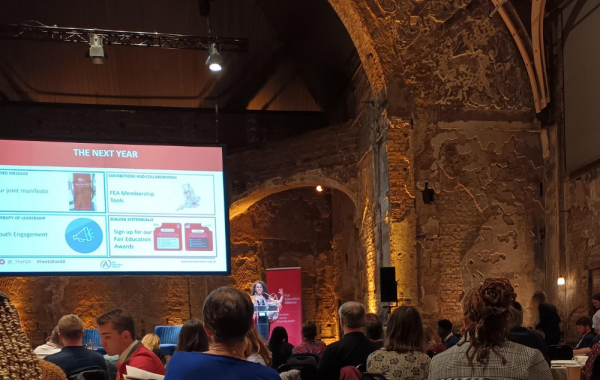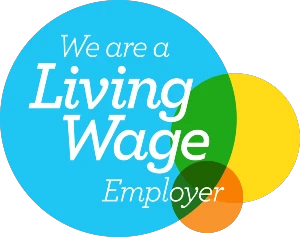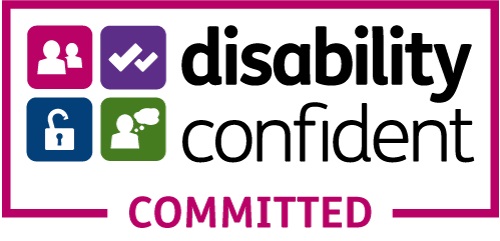Wellbeing before attainment
- According to the Joseph Rowntree Foundation, 10% of the country is now in “very deep poverty”.
- Between 2007 and 2020 the number of people in hospital with malnutrition tripled.
These are just a couple of the statistics I noted down – there were plenty more that highlighted the worsening situation we’re in.
Speakers who provided further context included the former Schools Commissioner for London Sir Tim Brighouse, and Jehan Chaudhri, a Family Support Worker from a London primary school.
They both emphasised that education doesn’t exist in isolation. Education providers struggle to make meaningful change if housing, health and social care, and mental health provision aren’t up to scratch. Pupils’ skills and attainment will not improve unless their general wellbeing is ok.
The speakers stressed the importance of starting with wellbeing, then progressing to skills, and then to attainment. The latter two won’t happen if the first is not there. Sir Tim advocated for a 10-year education plan focusing on collaboration and place-based change.
Place-based change to ‘level up’
Different places have different contexts and need different approaches, and it’s vital to involve the local community in agreeing those approaches if you want an initiative to work. Those were the views of the Metro Mayor of Liverpool City Steve Rotherham, and Graeme Duncan from the charity Right to Succeed.
The two speakers told us about the ‘Cradle to Career’ initiative running in Liverpool which involves local communities (residents, local organisations & stakeholders) aligning on a ‘collective impact’ approach that is built on shared aims; shared measures of success; mutually reinforcing activities; continuous communication and backbone support.
They noted that when looking at place-based change, there are four options: by, with, for, and to. If you are doing something to a community then that is generally based on assumptions and gives low agency to the community. If, however, your initiative is designed by the community then it involves very few assumptions and much higher agency for the community.
Empowering young people
A group of under 25s led this session on ‘Enabling young people to lead the movement’ and emphasised the need to focus on how young people can be consulted, and how they can participate, collaborate and/or lead initiatives.
One tip they gave organisations was to target specific groups of young people to take part to mitigate the risk of the same voices being heard again and again.
Top tips for influencing change
A panel of former government advisors, activists and campaigners led this session with the key message: be persistent!
- Use numbers and data as evidence to get on the radar of government advisors who have limited bandwidth.
- Know where you fit in with policy makers. Are you a friend OR an activist? It’s very difficult to be both.
- Get regional mayors on board as there’s an increasing focus on localism in politics.
- Be active on social media and tag relevant organisations to call them out about problems.
- Focus on offering solutions.
- All Party Parliamentary Groups and select committees build cross-party consensus and include people who may one day be in power, even if they’re not now.
- Reframe the narrative and tap into politicians’ ‘change the world’ energy.
- Don’t just do one thing – have lots of these things going on in different ways.






